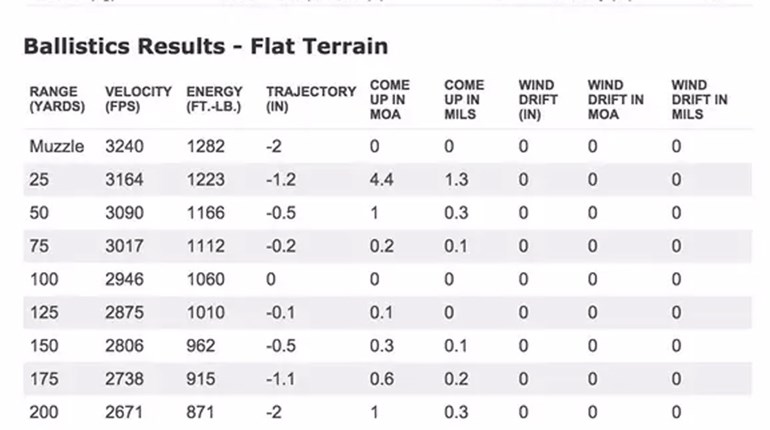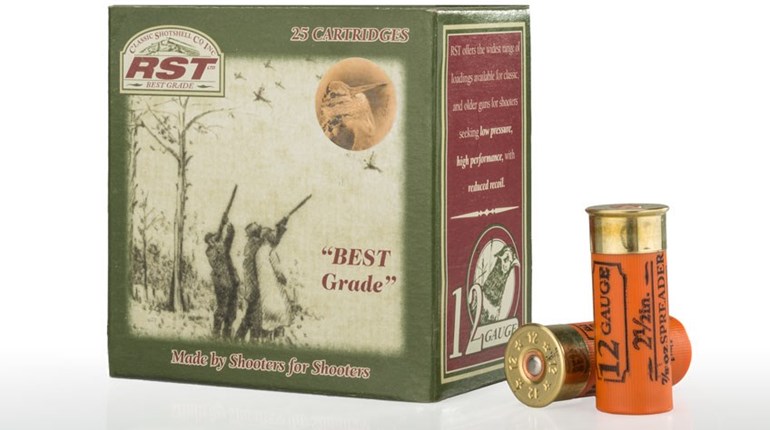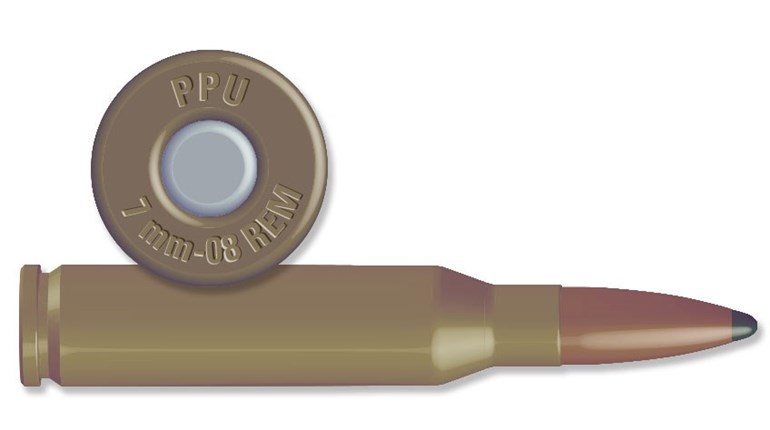
Rimfire cartridge cases have been in continuous production since the mid-1850s, making this type of self-contained cartridge the oldest in production. In the 1800s, there were many calibers of rimfire ammunition, ranging from the humble .22 Short to massive .50-caliber examples. Presently, new .17-caliber rounds have joined traditional .22 cartridges as commercially loaded rimfire offerings.
In concept, the rimfire cartridge is elegantly simple. A one-piece cartridge case is drawn from thin brass and formed with a hollow rim. Priming compound is forced into the rim by centrifugal force from spinning. The primed case is then charged with powder and a bullet seated in the case mouth. To provide sufficient bullet push and pull, the bullet is crimped securely into the case mouth. When the firing pin of hte rifle strikes the thin brass rim, it crushes the hollow rim and ignites the priming mixture within. There is no anvil or separate primer cap.
However, the thin brass rimfire case is weak and will not withstand high breech pressures. Ignition is also weak, resulting in a very inefficient powder burn. However, the rimfire case is cheap and easy to manufacture. When loaded to moderate breech pressures within its strength limitations, the rimfire cartridge has and will continue to provide generations of shooters with low-cost practice, training and small-game hunting capability.
In concept, the rimfire cartridge is elegantly simple. A one-piece cartridge case is drawn from thin brass and formed with a hollow rim. Priming compound is forced into the rim by centrifugal force from spinning. The primed case is then charged with powder and a bullet seated in the case mouth. To provide sufficient bullet push and pull, the bullet is crimped securely into the case mouth. When the firing pin of hte rifle strikes the thin brass rim, it crushes the hollow rim and ignites the priming mixture within. There is no anvil or separate primer cap.
However, the thin brass rimfire case is weak and will not withstand high breech pressures. Ignition is also weak, resulting in a very inefficient powder burn. However, the rimfire case is cheap and easy to manufacture. When loaded to moderate breech pressures within its strength limitations, the rimfire cartridge has and will continue to provide generations of shooters with low-cost practice, training and small-game hunting capability.






































